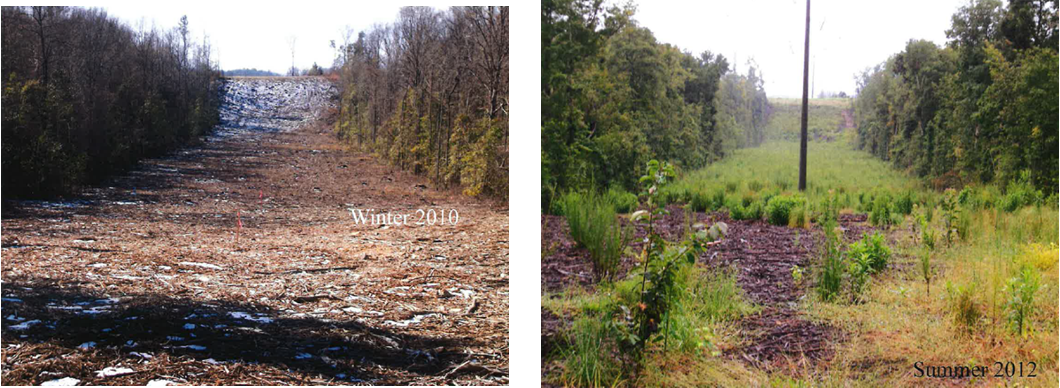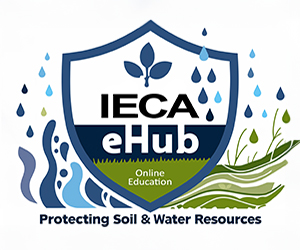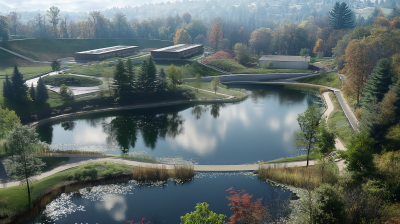
Shredded Wood Material for Rights of Way Stabilization – A Case Study – Georgia Transmission Corporation
Recorded On: 2024/06/26
-
Register
- Non member - $40
- Professional member - $15
- Professional Plus member - Free!
- Professional Plus Org member - Free!
- Student member - $15
- Young Professional member - $15
- Emeritus member - $15
- Discounted Professional member - $15
- Australia Member - $15
- Australia Non-Member - $40
- Australasia Professional Plus - Free!
- Australasia Professional Plus Org - Free!
- Australian Student - $15
Shredded Wood Material for Rights of Way Stabilization
A Case Study – Georgia Transmission Corporation

Presented by: Lauren Atteberry
Level: Beginner
Duration: 1 hour
Type of Course: On-Demand
Georgia Transmission Corporation (GTC) is an electric transmission cooperative that builds and maintains overhead high voltage transmission lines and substations. GTC builds approximately 30 miles of new transmission lines and 10 substations per year. These numbers are projected to more than double over the next several years. As such, GTC has a robust erosion and sediment control program to ensure compliance with the National Pollution Discharge Elimination System Stormwater Construction Permit that is managed by the State of Georgia. Since 2001, GTC has used “shredded” wood material generated from tree clearing activities to immediately stabilize transmission line rights of way. An added benefit to this practice is that it complements future ROW vegetation management maintenance programs which are required to prevent electrical outages due to conflicts with canopy tree species. A case study was conducted in 2012 to document the benefits of using this technique for both short term and long term stabilization of ROWs. The practice involves the shredding of wood material generated by project tree clearing that is then applied to areas where construction related land disturbance has occurred. This practice is only used on 0-33% slopes at a depth of 4-6 inches. Case study results indicate that shredded wood material provides immediate soil stabilization. The shredded wood material degrades in a mosaic pattern which extends protection from erosion and sedimentation as vegetation re-establishes over the following years. Other benefits of this practice include that it retains onsite topsoil, encourages re-establishment of vegetation that already naturally occurs in the area, eliminates wood waste from landfills, reduces frequency of ROW inspections and has reduced landowner complaints during construction.
Learning Objectives:
- Georgia integrated Transmission System & Powerline Construction Overview
- GTC Clearing Specifications & Operations
- Case Study discussing benefits of shredded wood material for final stabilization of the ROW

Lauren Atteberry
Environmental Specialist, II
Georgia Transmission
Lauren is an environmental project manager with over 16 years of experience in environmental permitting, monitoring, data collection, analysis, and reporting. She efficiently coordinates multiple agencies and project stakeholders to ensure environmental compliance, work plan development, and program implementation for linear construction projects. In her role with GTC, she is responsible for developing project environmental compliance requirements, bid packages for clearing contracts, NPDES program implementation, and construction access plan development.



